Advanced Medical Analytics Lab (AMAL)
Brain Tumour Segmentation
 Brain Tumour Segmentation (BraTS) utilizes multi-institutional pre-operative MRI scans and focuses on the segmentation of intrinsically heterogeneous (in appearance, shape, and histology) brain tumours, namely gliomas. Our focus in the segmentation task is on
Brain Tumour Segmentation (BraTS) utilizes multi-institutional pre-operative MRI scans and focuses on the segmentation of intrinsically heterogeneous (in appearance, shape, and histology) brain tumours, namely gliomas. Our focus in the segmentation task is on
- segmentation of enhancing tumor (ET)
- segmentation of tumor core (TC)
- segmentation of whole tumor (WT)
Publications
- Mahnoor Ali et, al.., Brain Tumour Image Segmentation Using Deep Networks, IEEE Access, vol 8, pp 153589-153598, 2020
Members:
Fatima Ehsan, Mahnoor Ali
Melanoma Detection
 Melanoma is the deadliest form of skin cancer. Although the mortality is significant, when detected early, melanoma survival exceeds 95%. The detection task is subdivided into
Melanoma is the deadliest form of skin cancer. Although the mortality is significant, when detected early, melanoma survival exceeds 95%. The detection task is subdivided into
- automated predictions of lesion segmentation boundaries within dermoscopic images
- classify and localize clinical dermoscopic attribute patterns as binary masks
- classify disease categories for dermoscopic images
Publications
- K. Zafar et al., Skin lesion segmentation from dermoscopic images using convolutional neural network, Sensors, vol. 20, no. (6), 2020
Members:
Kashan Zafar
Pattern Recognition based Mayo-electric Control
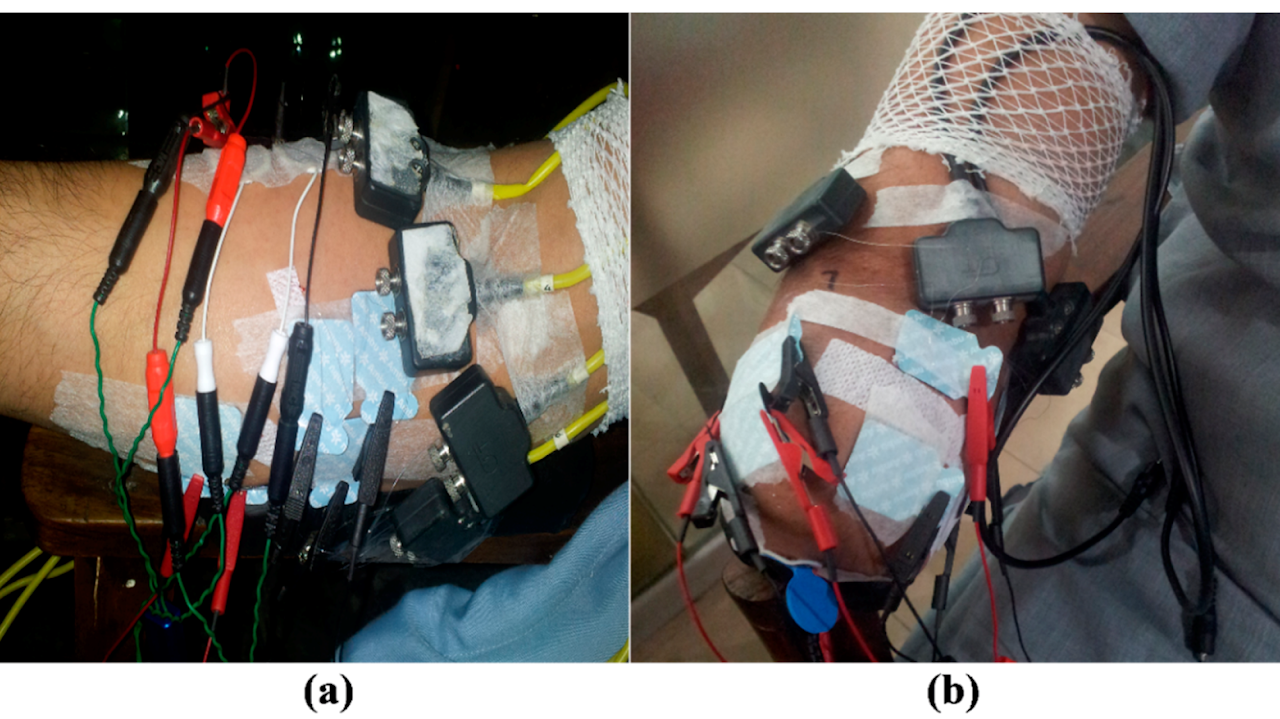 Advances in mayo-electric interfaces have increased the use of wearable prosthetics, including robotic arms. Although promising results have been achieved with pattern recognition-based control schemes, control robustness requires improvement to increase user acceptance of prosthetic hands. Our research focus aims to quantify the performance of various pattern recognition based techniques (LDA, SVM, NN, DL) on the efficacy of long-term robust prosthetic control.
Advances in mayo-electric interfaces have increased the use of wearable prosthetics, including robotic arms. Although promising results have been achieved with pattern recognition-based control schemes, control robustness requires improvement to increase user acceptance of prosthetic hands. Our research focus aims to quantify the performance of various pattern recognition based techniques (LDA, SVM, NN, DL) on the efficacy of long-term robust prosthetic control.
Publications
- M. Zia et. al., Stacked sparse autoencoders for EMG-based classification of hand motions: A comparative multi day analyses between surface and intramuscular EMG, Applied Sciences, vol. 8, no. (7), 2018
- M. Zia et. al., Multiday EMG-based classification of hand motions with deep learning techniques, Sensors, vol. 18, no. (8), 2018
- A. Waris et al., The effect of time on EMG classification of hand motions in able-bodied and transradial amputees, Journal of Electromyography and Kinesiology, vol. 40, 72–80, 2018
- M. Zia et. al., Performance of combined surface and intramuscular EMG for classification of hand movements, in 40th IEEE Engineering in Medicine and Biology Society (EMBC’18), (Hawaii, U.S.A), Jul. 2018
- M. Zia et al., A novel approach for classification of hand movements using surface EMG signals, in 17th IEEE International Symposium on Signal Processing and Information Technology (ISPIT’17), (Spain), Dec. 2017
- A. Waris et al., Classification of functional motions of hand for upper limb prosthesis with surface electromyography, International Journal of Biology and Biomedical Engineering, vol. 8, 15–20, 2014
- A. Waris et al., Control of upper limb active prosthesis using surface electromyography, in Recent Advances in Biology, Medical Physics, Medical Chemistry, Biochemistry and Biomedical Engineering (EUROPMENT), (Italy), 2013
Members:
Zia ur rehman, Asim Waris, Bushra Saeed
Brain Computer Interface based on Near-Infrared Spectroscopy (NIRS)
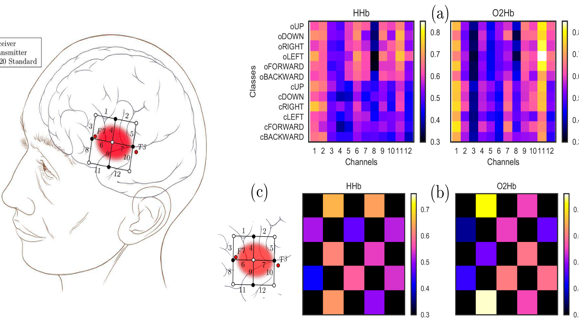 People suffering from neuromuscular disorders such as locked-in syndrome (LIS) are left in a paralyzed state with preserved awareness and cognition. In this study, it was hypothesized that changes in local hemodynamic activity, due to the activation of Broca’s area during overt/covert speech, can be harnessed to create an intuitive Brain-Computer Interface based on Near-Infrared Spectroscopy (NIRS). Our analysis based on six overtly and covertly spoken words, using optimized support vector machine classifiers, indicates NIRS as a viable solution for future BCI applications
People suffering from neuromuscular disorders such as locked-in syndrome (LIS) are left in a paralyzed state with preserved awareness and cognition. In this study, it was hypothesized that changes in local hemodynamic activity, due to the activation of Broca’s area during overt/covert speech, can be harnessed to create an intuitive Brain-Computer Interface based on Near-Infrared Spectroscopy (NIRS). Our analysis based on six overtly and covertly spoken words, using optimized support vector machine classifiers, indicates NIRS as a viable solution for future BCI applications
Publications
- U. A. Sheikh et al., Classification of overt and covert speech for near-infrared spectroscopy-based brain computer interface, Sensors, vol. 18, no. (9), 2018
Members:
Usman Ayub Shiekh, Namra Afzal
Juxtapleural Pulmonary Nodule Detection and Segmentation in Lung Cancer CT Images
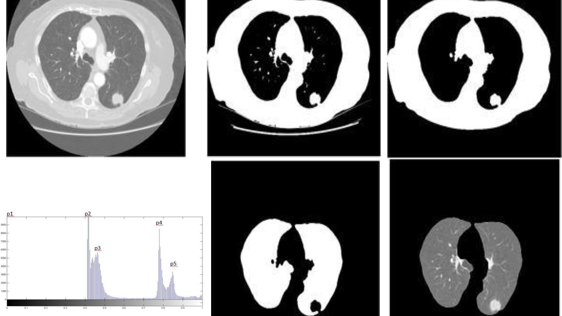 Early diagnosis of lung cancer plays a crucial role in the improvement of patients’ chances of survival. Computer-aided detection (CAD) system has been a groundbreaking step in the timely diagnosis and identification of potential nodules (lesions). CAD system starts the detection process by extracting lung regions from CT scan images. This step narrows down the region for detection, thus saving time and reducing false positives outside the lung regions, resulting in the improvement of specificity of CAD systems.
Early diagnosis of lung cancer plays a crucial role in the improvement of patients’ chances of survival. Computer-aided detection (CAD) system has been a groundbreaking step in the timely diagnosis and identification of potential nodules (lesions). CAD system starts the detection process by extracting lung regions from CT scan images. This step narrows down the region for detection, thus saving time and reducing false positives outside the lung regions, resulting in the improvement of specificity of CAD systems.
Publications
- M. Z. ur Rehman et al., An appraisal of nodules detection techniques for lung cancer in CT images, Biomedical Signal Processing and Control, vol. 41, 140–151, 2018
- M. Z. ur Rehman et al., Adaptive thresholding technique for segmentation and juxtapleural nodules inclusion in lung segments, International Journal of Bio-Science and Bio-Technology, vol. 8, no. (5), 105–114, 2016
Members:
Zia ur rehman
Bone Fracture Detection in X-Ray Images
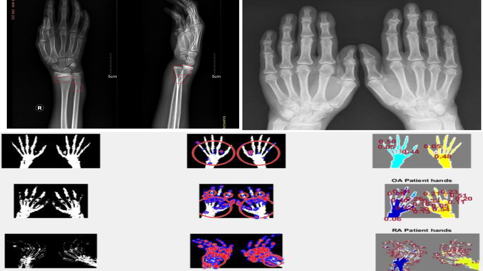 Bone is hard locomotive tissue of the body that is often subjected to fractures and degenerative disorders. For diagnostic purposes, clinician readily uses X-Ray imaging, which provides the researcher with ample opportunity to utilize image processing and analysis techniques for automated detections of fractures. Our work is focused on detecting bone fractures and different types of arthritis; osteoarthritis arthritis (OA) and rheumatoid arthritis (RA).
Bone is hard locomotive tissue of the body that is often subjected to fractures and degenerative disorders. For diagnostic purposes, clinician readily uses X-Ray imaging, which provides the researcher with ample opportunity to utilize image processing and analysis techniques for automated detections of fractures. Our work is focused on detecting bone fractures and different types of arthritis; osteoarthritis arthritis (OA) and rheumatoid arthritis (RA).
Publications
- Najwa et al., Ground Truth Annotation, Analysis and Release of Data set of Radiographic Images of Bone Fractures, under review
- H.Hayat et al., Arthritis identification from multiple regions by X-ray image processing, in International Journal of Signal Processing, Image Processing and Pattern Recognition, vol. 10, no. (11), 23–32, 2017
Members:
Hunza Hayat, Najwa Farooq
Analysis of Retinal Images
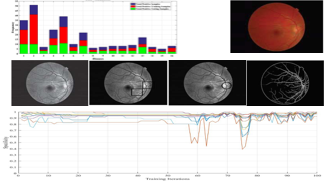 Eye disorders (age-related macular degeneration, diabetic retinopathy, and glaucoma) can manifest themselves in retinal images. A good computer-aided diagnostic system can alert the onset of disease, resulting in timely treatment and preventive measures. Our work has primarily focused on diabetic retinopathy and glaucoma detection
Eye disorders (age-related macular degeneration, diabetic retinopathy, and glaucoma) can manifest themselves in retinal images. A good computer-aided diagnostic system can alert the onset of disease, resulting in timely treatment and preventive measures. Our work has primarily focused on diabetic retinopathy and glaucoma detection
Publications
- T. Shafa et al., Automated Classification of Retinal Diseases in STARE Database, in 4th International Conference on Recent Trends in Computer Science and Electronics (2019 RTCSE), (Hawaii, U.S.A), 2019
- T. Shafa et al., A review on structural analysis of human retinal : Blood vessels, optic nerve, fovea centralis and related diseases, International Journal of u- and e- Service, Science and Technology, vol. 10, no. (12), 1–12, 2017
- H. Ahmad et al., Detection of glaucoma using retinal fundus images, in 2014 IEEE International Conference on Robotics and Emerging Allied Technologies in Engineering (iCREATE), (Islamabad - Pakistan), 2014
Members:
Tooba, Naireen Zaheer, Namra Rauf
Miscellaneous projets
Lesion Detection in Mammograms
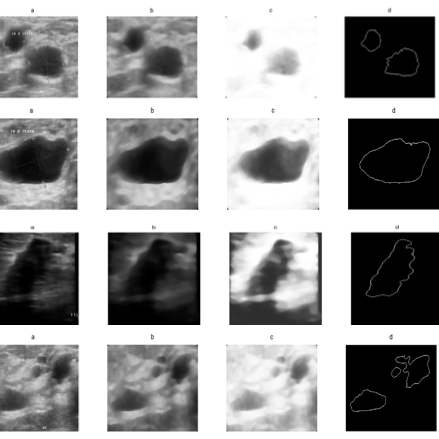
- F. Zahra et al., Automated Segmentation and Classification of Lesion on Breast Ultrasound, Internal Technical Report, 2014
Analysis of Electrocardiography (ECG)
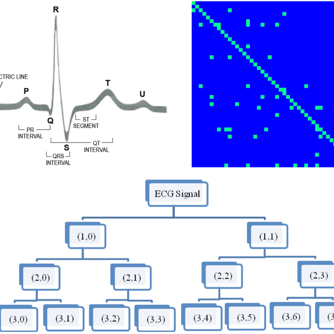
- Y. Ilyas et al., Power line noise removal from ECG signal using notch, band stop and adaptive filters, in 17th ICEIC (USA) 2018 Respiration Rate (RR) detection in ECG signal for mobile devices, Internal Technical Report, 2017
- Q. Talah et. al., Biometric embedded system architecture for hand vein Identification system on FPGA, Internal Technical Report, 2017
- Z. Hassan et al., Review of fiducial and non-fiducial techniques of feature extraction in ecg based biometric systems, in IJST, vol. 9, no. (21), 2016
- Z. Hassan et al., Improvement in ECG based biometric systems using wavelet packet decomposition (WPD) algorithm, in IJSTI, vol. 9, no. (30), 2016
Analysis of Electroencephalogram (EEG)
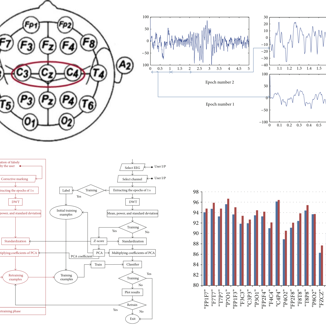
- M. A. Ahmad et al., Comparative analysis of classifiers for developing an adaptive computer-assisted EEG analysis system for diagnosing epilepsy, in BRI, vol. 2015, 2015
- M. Z. Baig et al., Motor imagery based EEG signal classification using self organizing maps, in SI, vol. 2, 2015
- M. Z. Baig et al., Classification of left/right hand movement from EEG signal by intelligent algorithms, in IEEE ISCAIE (Malaysia), 2014
